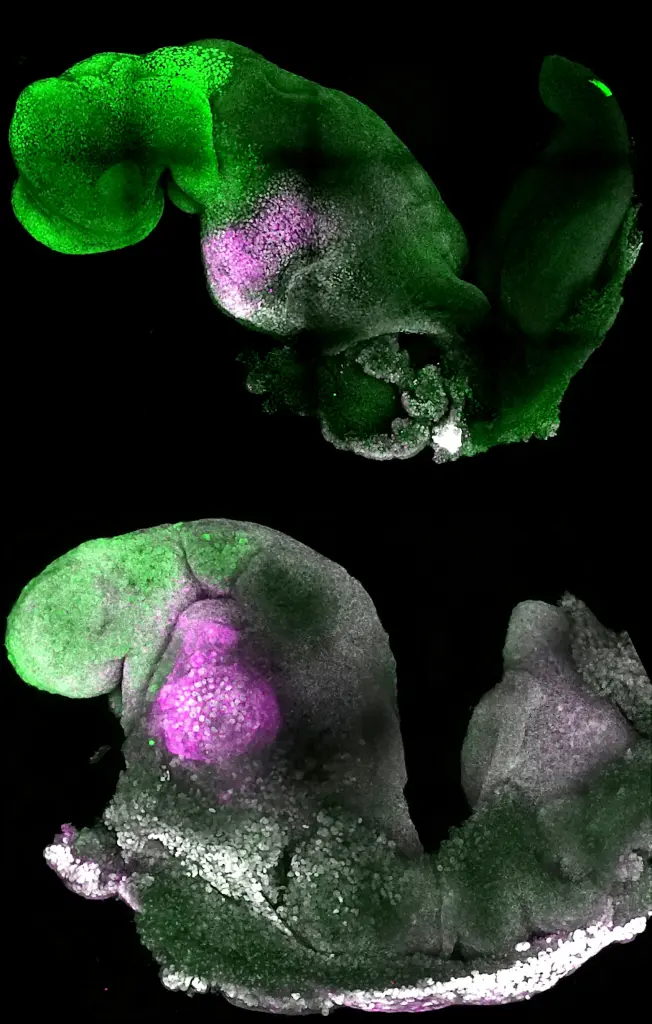For the first time, scientists have created an embryo that has a brain and a beating heart. The embryo, created from the mouse stem cells, also contains building blocks for every other organ in the body.
University of Cambridge researchers underlined that it could have gone on to develop a spine, intestines, and muscle — and, eventually, become a live mouse.

Embryo Model Develops A Brain, A Beating Heart
Scientists' observations from the experiment could provide life-saving insight into the mysteries of human development. For example, the research could help doctors better understand the causes of a miscarriage during the early stages of pregnancy or could inform the study of lab-grown organs that could be used in organ donation and might help address the current donor shortage, according to The New York Post.
Lead author and professor, Magdalena Zernicka-Goetz underlined that mouse embryo model not only develops a brain, but also a beating heart, all the components that go on to make up the body. "It's just unbelievable that we've got this far. This has been the dream of our community for years, and major focus of our work for a decade and finally we've done it," said Magdalena.
So far, without input from a mother and father, researchers have not been able to develop a living breathing body completely inside the lab.
Three Embryonic Stem Cells Had Shown Fundamentals of Successful Development
By directing the three varieties of stem cells that are present in early mammalian development to the stage where they begin interacting, the researchers were able to reproduce natural processes in the laboratory. The scientists were able to persuade the stem cells to "speak" to one another by triggering the expression of a certain set of genes and creating a special environment for their interactions.
These three embryonic stem cells had begun to produce a brain, heart, and yolk sac, demonstrating the principles of healthy development, however they only lived for 8½ days, or about half the time it takes a mouse to be born, or 20 days.
Read more









